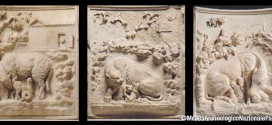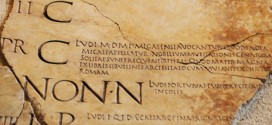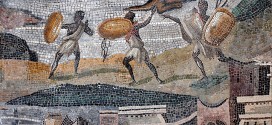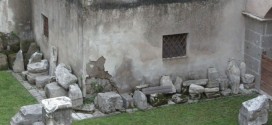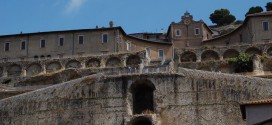This plate belongs to a series of reliefs that are named after the first owner and which are now kept in the Kunsthistorisches Museum of Vienna. In ’70, repurposed in a building of the late Imperial age, was found the prenestin semple of Grimani Reliefs exhibited at the National Archaeological Museum of Palestrina together with marble copies of Viennese reliefs. …
Read More »Archeo-wiki
Fasti prenestini
In Latium Vetus, the region around/nearby Rome where Praeneste was one of the major centres, each city had its own calendar that counted the seasons, but also local holidays. With the consolidation of Roman domination/control, the centers of Latium will nationalize one after another and within some time they’ll become hegemonic. However the ancient Fasti – the latin term for …
Read More »Nilotic mosaic
The absidal hall, at the Forum square of the ancient city, housed the great colored mosaic representing the scene of the Nile’s flood. It is a very refined floor, built on site by egyptian craftsmen from Alexandria in the 2nd century BC, whose scene is likely to be a copy of a large painting exhibited in the famous library of …
Read More »Roman and Greek temple
When it comes to ancient temples, imagination usually runs to Greek buildings, characterized by white marble arcades surrounding a cell and supporting triangular roofs decorated by famous sculpted pediments. This type of building, in fact, present in the Greek colonies in Italy since 7th century BC, spreads at Rome and amonge italic populations starting from 2nd century BC. Before that …
Read More »Building techniques
The monuments of Praeneste, whose construction is distributed over at least seven centuries of history, allows us to observe the evolution of building techniques in ancient times. The defensive walls, as well as the structures of terracing are built in polygonal work, also known as cyclopean masonry. Large irregularly shaped elements that are used in this technique – in Latium …
Read More » Archeopalestrina Percorso archeologico di Palestrina, l'antica Praeneste
Archeopalestrina Percorso archeologico di Palestrina, l'antica Praeneste
